
miRNA-mediated lateral inhibition controls rhizoid cell patterning in Marchantia polymorpha (Curr. Biol.)
Plant Science Research WeeklyIn multicellular organisms, the patterning of different cell types in spatial arrays is regulated through several mechanisms, one of which is lateral inhibition, a process well characterized in metazoans. In this process, an individual cell transmits signals to neighboring cells to instruct a different…

Plantae Presents: Detlef Weigel and Remco Stam
Blog, Plantae Presents, Research SkillsDue to the COVID-19 pandemic many seminar series and conferences have been canceled or postponed. In response to this, and to make sure plant scientists can continue to communicate their latest work to their peers, The American Society of Plant Biologists launched a virtual seminar series via our online…
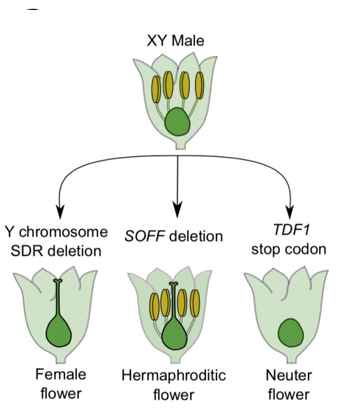
Sex chromosome evolution in asparagus (Plant Cell)
Plant Science Research WeeklySeparation of male and female flowers on different individuals, called dioecy, has evolved independently many times in flowering plants from hermaphroditic ancestors. A long-standing theory predicts that specialized X and Y sex chromosomes can evolve in dioecious species when mutations occur in two tightly…

Auxin response factor targeted by viruses (PNAS)
Plant Science Research WeeklyAuxin regulates various aspects of plant growth and development and it also contributes to plant defense. Auxin activates downstream signaling by promoting degradation of the repressor Aux/IAA proteins to liberate the key transcription factors ARFs (auxin response factors). Pathogens have been known…
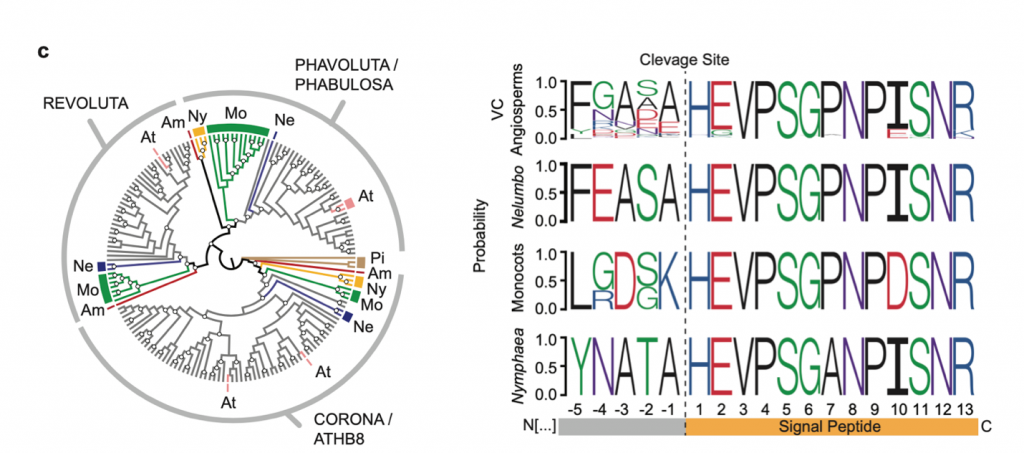
Water lily (Nymphaea thermarum) draft genome reveals variable genomic signatures of ancient cambium losses (bioRxiv)
Plant Science Research WeeklyThe vascular cambium, a meristematic tissue responsible for xylem and phloem production, is an ancestral trait in angiosperms, however, its loss has independently occurred in at least 5 flowering plant lineages. One of such is the Nymphaeales, which includes Nymphaea thermarum, an emergent model for…
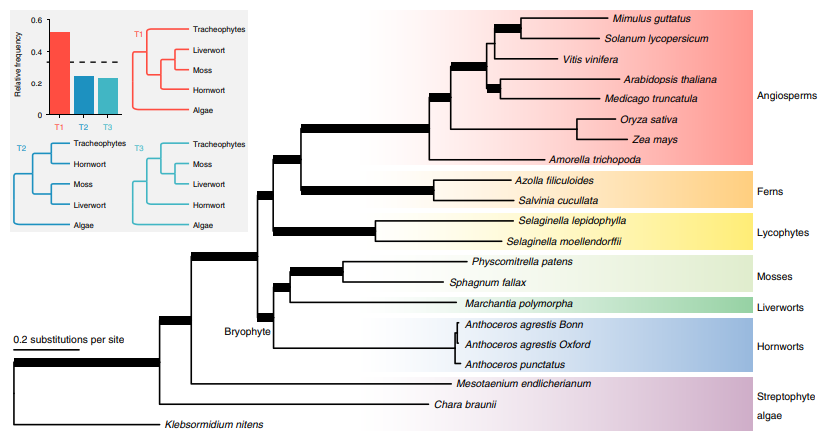
Hornwort genomes (Nature Plants)
Plant Science Research WeeklyA major update in plant genome information is taking place. Two independent groups have published genomes of hornwort species from the Anthoceros genus. Both papers arrive at similar conclusions supporting the model of a single “Setaphyta” clade, with hornworts sister to liverworts and mosses. These…
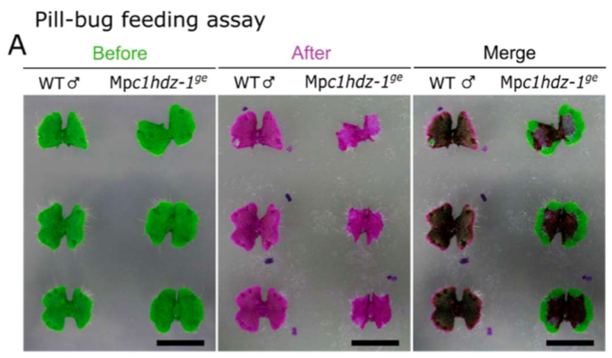
How Marchantia polymorpha avoids bug bites (bioRxiv)
Plant Science Research WeeklyPlants took hundreds of million years to evolve from aquatic to land environments. Biotic and abiotic stress adaptation contributed to the transition. In this preprint, Romani et al. elucidated functions of the transcription factor CLASS I HOMEODOMAIN LEUCINE-ZIPPER (C1HDZ) in the early land plant Marchantia…
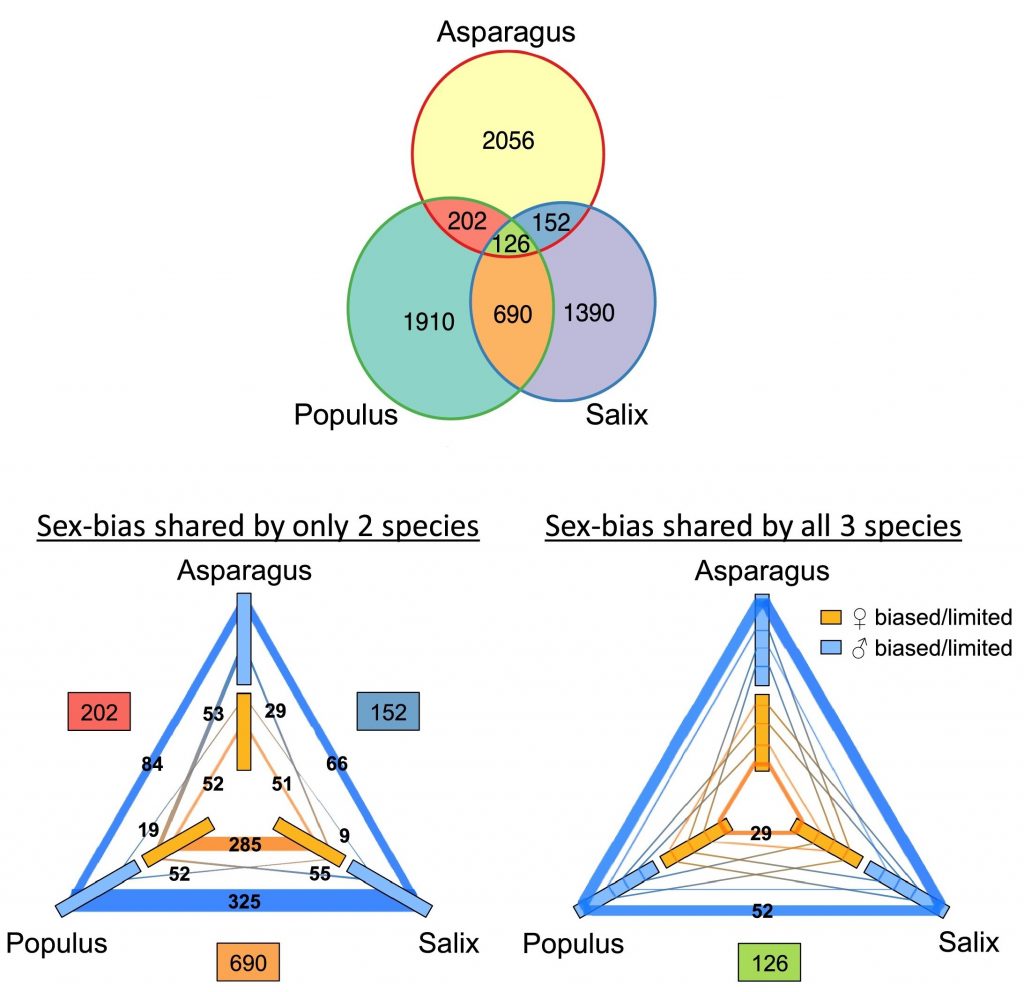
Review: Pathways to sex determination in plants: How many roads lead to Rome? (COPB)
Plant Science Research WeeklyAlthough most angiosperms produce both male and female gametes, in some species an individual is either male or female, a property known as dioecy (literally, two houses). Dioecy exists in ~6% of angiosperms and is hypothesized to have evolved several times independently. While much research has been…
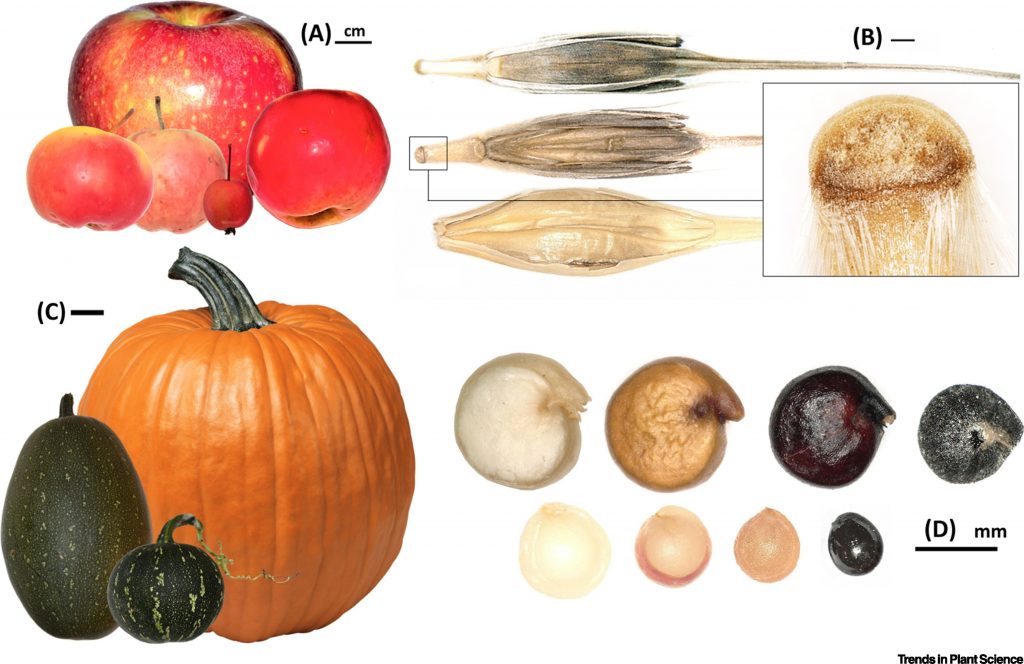
Opinion. Anthropogenic seed dispersal: Rethinking the origins of plant domestication (Trends Plant Sci)
Plant Science Research WeeklyStudies regarding the development of agriculture have started to integrate a plant evolutionary perspective. In this context, Spengler explores how changes in seed dispersal allowed plant domestication during the first half of the Holocene (e.g., more than 5000 years ago). He starts by redefining domestication…

